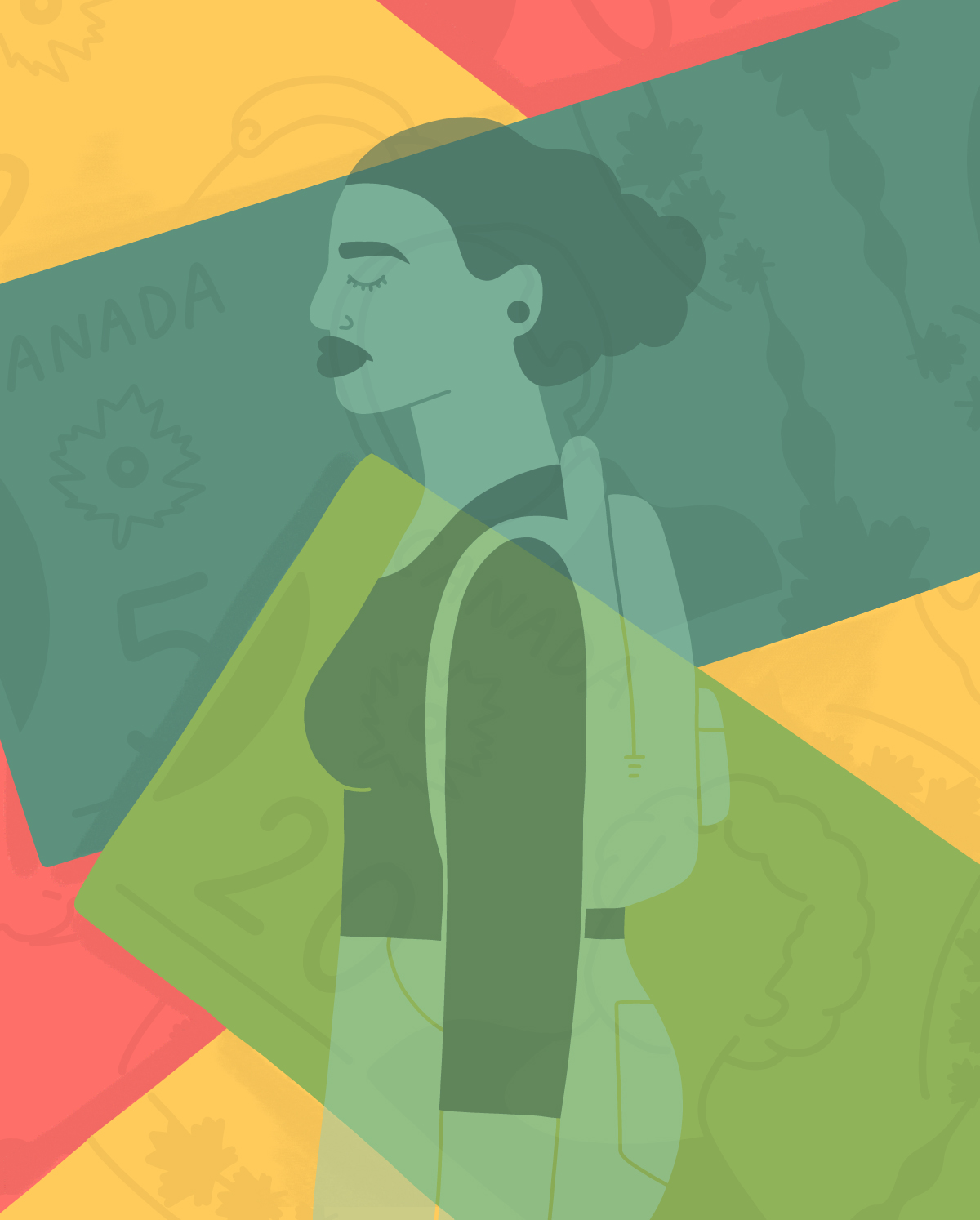Racism, Future: Racial Profiling & the Toronto Police
/By Septembre Anderson
“Blacks arrested by Toronto police are treated more harshly than whites….
“Black people, charged with simple drug possession, are taken to police stations more often than whites facing the same charge.
“Once at the station, accused blacks are held overnight, for a bail hearing, at twice the rate of whites.
–“Singled Out,” Jim Rankin, Jennifer Quinn, Michelle Shephard, Scott Simmie and John Duncanson, October 19, 2002
“You were sent here to protect us but who protects us from you?”
– KRS-One
In 2002, a team of Toronto Star journalists sorted through mounds of police data from over 480,000 incidents to put together the Race and Crime series. The collection of articles, profiles, maps and statistics unveiled an unsettling trend in the Metropolitan Toronto Police culture: racial profiling.
For Toronto’s black communities, the Star series was just quantitative evidence of their qualitative experiences. In the rest of Canada’s most populous city, the numbers on racial profiling caused an uproar. Julian Fantino, then chief of the Toronto Police Service, denied the Star’s allegations, and in 2003, the police union launched a $2.7 billion class-action libel suit against the Star (which it eventually lost).
It’s been almost ten years since the Star released its groundbreaking report and while much has changed, much has remained the same. This year, the Star series “Known to Police” revealed that black people are 3.2 times more likely than white people to be stopped by the police.
“At the end of the day, it is a fact that Black and brown men, in particular, are disproportionately getting stopped and documented by Toronto Police in every single one of the city’s 72 patrol zones,” says Jim Rankin, who lead the Star team in 2002. “You wonder what that does to the fabric of the community, particularly the youth.”
After 15-year-old Jordan Manners was killed at his Etobicoke high school in 2007, former Ontario chief justice Roy McMurtry and former provincial cabinet minister Alvin Curling spearheaded a report called “Roots of Youth Violence.” The comprehensive study pointed to poverty and racism as root causes of the problem, and made a slew of recommendations.
Among them were a livable minimum wage, increased access to affordable housing, renewal and reinvestment in social services. Curling and McMurtry also wanted to see improved access to social space and programs, creation of economic and job opportunities, increased support for families and improved police-community relations.
Instead, four years later, we have a mayor who refers to social programs aimed at marginalized youth as “hug-a-thug” programs and who has voted against the funding of such programs time and time again. And yet somehow, when faced by the biggest shooting in Toronto’s history, everyone is shocked.
Something, however, did come out of the community turmoil after the 2005 “Summer of the Gun:” the Toronto Anti-Violence Intervention Strategy, known as TAVIS. The controversial police unit has created tension within Toronto’s black communities by giving us a lot of what we don’t need—more policing—and nothing of what we do.
The consequence of this aggressive approach to policing has been more racial profiling and more inductees into the pipeline that leads straight to prison.
This past summer, Rankin and the Star published a video showing the November 21, 2011 arrests of four male teenagers in Lawrence Heights. Having just attended a program designed to keep at-risk kids in school, the youth were stopped and questioned by two TAVIS officers.
The boys were accused of trespassing in the housing complex where they all lived. When one of them attempted to exercise his right not to identify himself, the interaction quickly deteriorated. One boy had a gun pulled on him by the police and all four youth were arrested—all for the first time.
“The consequences for one of the four is fairly significant,” says Rankin. “He faces the most charges, he misses school for court appearances, for meetings with his lawyer. He loses his job at Loblaws, his teachers look at him differently. All of a sudden he’s a troubled kid. That’s the problem and it sticks with you.”
We know that racism and prejudice are at the root of racial profiling (duh!) and that racial bias has been woven into the culture of policing in Toronto. But how do we change a culture? The Toronto Police Service is a mirror that reflects the dominant thoughts and ideas of not only Toronto but Canada as a whole. How can we expect the police to do what we as a society have not managed to do?
Possible solutions include mandatory sensitivity training for police officers and new recruits. Rankin notes that the police force has moved to hire from racially and culturally diverse communities: he says he hopes these officers come from the same communities that currently suffer the most. What I’d really like to see is improved policing of police by the SIU, TPAC and the Police Board, as well as the improvement of the police complaint process.
What we don’t need are more studies. “There have been so many reports and so many smart things recommended that all we have to do is enact some of them and commit to long-term funding of programs that work,” said Rankin.
Commissioning studies to avoid action is as Canadian as maple syrup. The various Black communities, yours truly included, are sick of ‘em.








